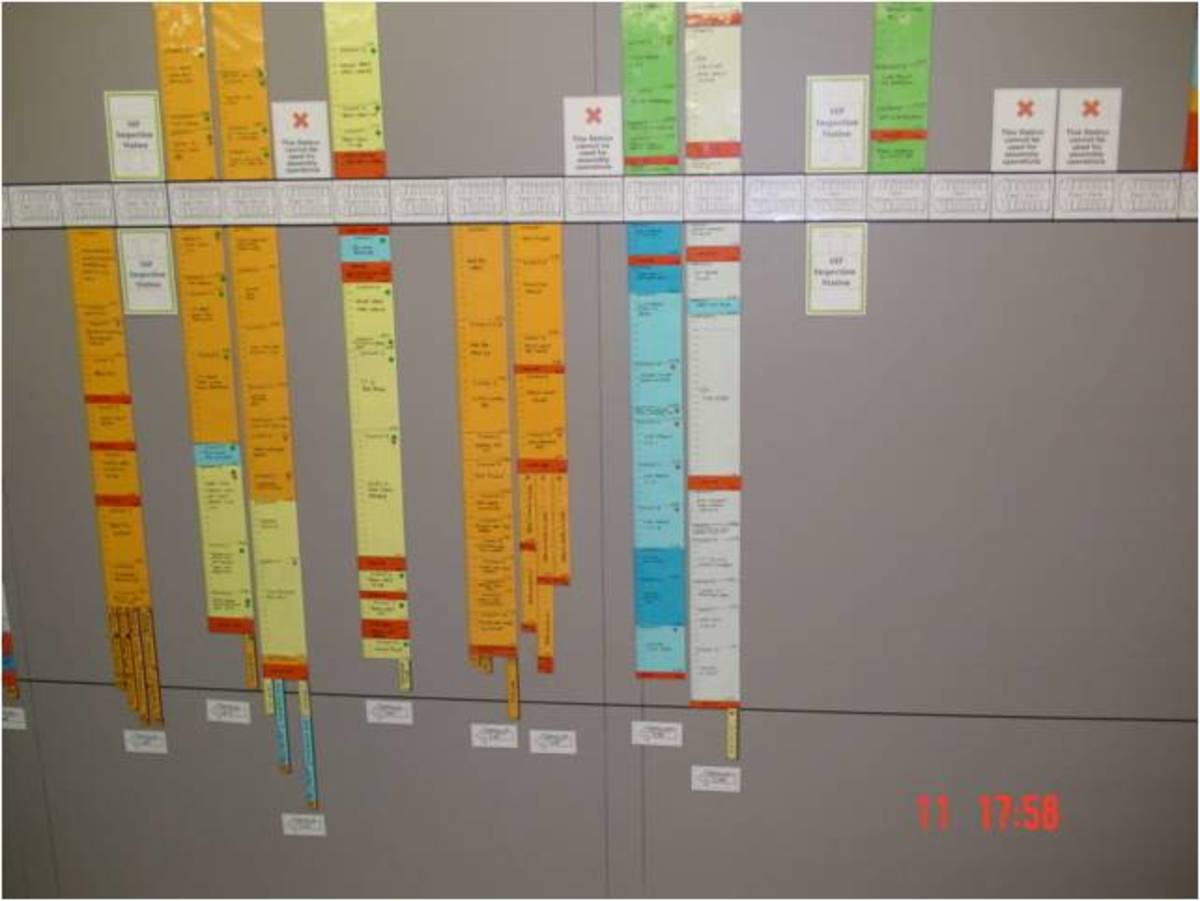Mental Health Inpatient Setting for Adults
Inpatient Setting for Mental Health

This article will explore the mental health inpatient setting specific to an adult which is typically the standard admission procedure across Canada. The analysis will include a description of the services provided, key personnel within the department, and how this department supports or is supported by other departments.
The inpatient unit works closely with a professional treatment team typically comprised of occupational therapists, pharmacists, psychologists, psychiatrists, registered nurses, registered practical nurses, spiritual care staff and social workers (Grand River Hospital, 2015). The inpatient unit and treatment team work in partnership to develop personalized recovery plans for each patient enabling them to reach their goals, strengths and abilities in order to return as active members of their respective communities. In addition, all patients are supported by other departments such as “food services, recreational facilities and medical services as well as educational, life-skills and vocational opportunities” (Ontario Shores Centre, 2015).
The typical departments supported by the inpatient unit are the assessment and stabilization unit, neuropsychiatry rehabilitation service, dual diagnosis service, young adults transitional service, psychiatric rehabilitation and forensics program (Ontario Shores Centre, 2015). The assessment and stabilization unit provides intervention, stabilization and treatment for short-term crisis situations whereas the neuropsychiatry rehabilitation provides services in the form of assessments, rehabilitation and behavioural programming for people with serious mental illnesses. The dual diagnosis service is a combined program of developmentally challenged adults with specialized psychiatric treatment and the young adults transitional service is an integrated approach to establishing a successful program for transitioning into services within the community. The psychiatric rehabilitation program offers recovery plans for individuals who are considered to be resistant to treatments and the forensics program specializes in seriously mentally ill people who have committed a crime.
The trend that will have a significant influence on the mental health inpatient setting within operations management is process design where a combined layout type is currently used impacting capital management which is inefficient and costly. This is influenced by the varying demands of the supporting departments as well as the patients and their families. The treatment teams are all grouped together in the same location and the supporting departments are within different buildings or sites. This directly impacts capital management where there is a continuous adjustment of the capacity of the resources to meet the demands of all the stakeholders. The inefficiencies are the complexity of flow that is difficult to control and the high costs of rearranging the existing layouts.
The objective is to achieve a process design through the layout type, the location and resource experience through effective capital management which results in high quality, fast production, dependable delivery, flexibility and low cost. The analytical frameworks that will be utilized to investigate the trend are identification of process and basic layout types; layout and flow, relationship between process and chosen layout type; capital management, capacity planning and forecasting demand; and the four v’s which are volume, variety, variation in demand and degree of visibility.
The process type is considered to be professional services where the basic layout type that is currently used would be similar to the functional layout which also combines the cell layout principles. The customer demands are different and results in a flow pattern within the operation which has multiple layers. When a patient is treated, rehabilitated or transitioned, there is a shuffling of resources where the staff, equipment and supplies are moved from one location to another which occurs on a frequent basis.
The layout and flow has direct implications in the business line’s capital management where the operations managers are “concerned with setting capacity levels over the medium and short terms” and are “not concerned with all of the detail of the individual products and services offered” (Slack et al., 2013, p.325). This results in measuring capacity by forecasting the demand fluctuations which consist of techniques involving both the judgmental and quantitative methods used in making pricing decisions, assessing future capacity requirements, and making decisions to enter new markets.
Effective Operations Management

The characteristics of operation processes are the input, transformation and output activities which do differ within the dimensions of volume of output, variety of output, variation in demand and degree of visibility. The key items below illustrate the identified characteristics of the process design for the inpatient unit.
Low volume operation – The transformation process has low repetition, employees perform more than one task, additional tasks require less systemisation and low volume leads to high unit costs.
High variety operation – The transformation process is highly flexible and complex meeting the customer’s specific needs which leads to high unit costs.
High variation operation – The inpatient unit needs to consider the changing demand patterns, be highly flexible to adapt the processes in anticipation of the customer’s behaviours and must be able to change capacity as a result.
High visibility operation – The perception of service is a result of quality, a high degree of customer contact skills is required due to the heavy involvement in the transformation process, a high degree of variety exists due to unknown customer needs where adaptation is required at a moment’s notice and the team dedication to the customer leads to high per-unit costs.
The determined operation dimensions carry a cost penalty for the transformation process and the organization as a whole. The position of the inpatient unit in the four dimensions is controlled by the demand of the market for which it serves.
As the company provides professional mental health services, the recommendation is to incorporate the functional layout. The resources that have similar experience are grouped and located together “so that the utilization of transforming resources is improved” (Slack et al., 2013, p.194). In a functional layout, the pattern is able to cope with irregular flow due to the resources being in a low volume and high variety process. This flow pattern minimizes the distance travelled for activities through the operations which will result in satisfying the capital management requirements.
It is also recommended to implement the various resource models for coping with demand fluctuations and to economically adjust capacity. Even though an organization providing services is unable to escape the variations in customer demand, operation managers can design appropriate resource models in order to reduce the “vulnerability to demand variation to provide the best service at the least cost” (Julien, n.d., p. 3). There are three resource models for coping with variations in demand suggested by Julien (n.d., p. 3 – 4) which are “generalists supplemented with a few specialists, specialists supplemented with a few generalists, and cross-training”.
The teams are grouped according to the supporting departments as well as the needs of the patients and their families where the purpose is to provide services that involve a variety of processing requirements. This enables the operation’s process design to be flexible where employees are motivated due to the variety of tasks being performed. This process layout also allows the company to incorporate employee incentive programs.
Sandy Ennis. C.E.T., PBDM
Author / Business Consultant
References:
Grand River Hospital. (2015). Adult inpatient mental health. Retrieved from http://www.grhosp.on.ca/care/services-departments/mental-health-addiction
Julien, S. (n.d.). Coping with Demand Fluctuations in Service Industries. Retrieved from http://www.conwaymgmt.com/pdfs/nl-15-1-2005CopingwiththeDemandFluctuation.pdf
Ontario Shores Centre. (2015). Mental Health Sciences. Retrieved from http://www.ontarioshores.ca/cms/One.aspx?portalId=169&pageId=563
Slack, N., Brandon-Jones, A., Johnston, R. (2013). Operations Management (7th ed.). Harlow, UK: Pearson Education Limited.






